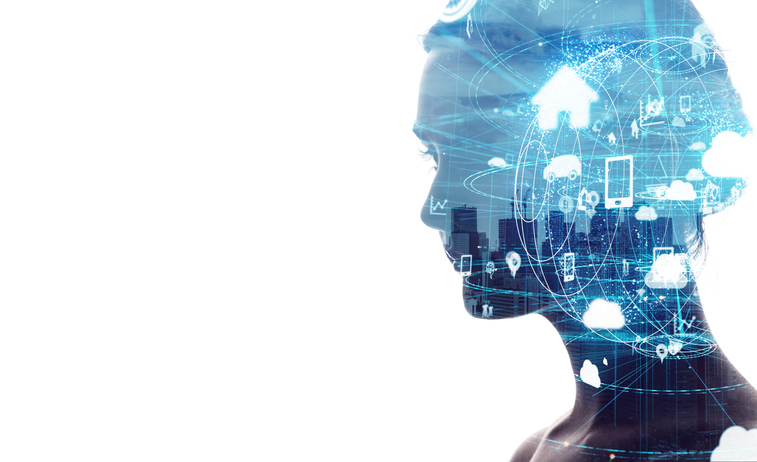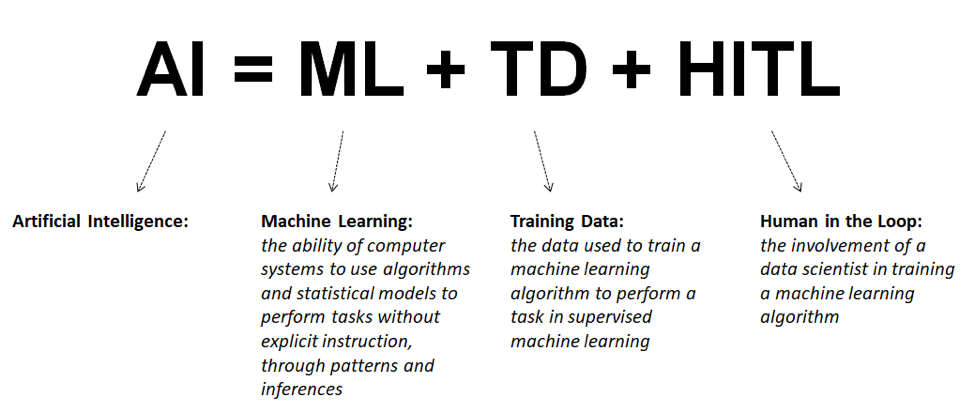Editor’s note: Michalis A. Michael is CEO of market research firm DigitalMR, London.
The pace of change will never be this slow again.
 Artificial intelligence for text and image analytics has been around for years. Let’s look at an example. Social media listening or monitoring consists of harvesting online posts and maybe even annotating them with a topic and/or sentiment. If the annotation is accurate it answers questions like, “What are people talking about online?” or “How do they feel about my brand?” Social intelligence, on the other hand, is about understanding the deeper meaning of what people choose to post – although sometimes there isn’t one – and linking it to a business question.
Artificial intelligence for text and image analytics has been around for years. Let’s look at an example. Social media listening or monitoring consists of harvesting online posts and maybe even annotating them with a topic and/or sentiment. If the annotation is accurate it answers questions like, “What are people talking about online?” or “How do they feel about my brand?” Social intelligence, on the other hand, is about understanding the deeper meaning of what people choose to post – although sometimes there isn’t one – and linking it to a business question.
Just like every other buzzword, AI means different things to different people. Is there a simple definition of AI that everyone can understand?
Weak AI
AI can be classified as weak or strong AI. The majority of current AI use cases – such as social intelligence using text analytics (NLP) – fall under weak AI. It usually involves supervised machine learning, though we are increasingly seeing use cases where semi- or fully unsupervised machine learning is being used.
For the time being, let’s define weak AI with this formula: AI = ML + TD + HITL

Strong AI
Strong, full or general AI is something different. For most people it is defined by Alan Turing’s test. Turing – an English mathematician known for cracking the enigma code during WWII – described it as a human conversing with both a human and a machine, and being unable to detect which is which a significant number of times.
The optimists among pundits claim strong AI will be with us in 10-to-15 years. The pessimists say by 2100.
Some people talk about machines with consciousness. To paraphrase author and historian Yuval Noah Harari: A taxi driver needs to only take us from A to B – we are not interested in how they feels about the latest Trump news or the sunset. Thus an autonomous car has a good enough AI to do the job without needing to feel or having a consciousness. The same applies to many other aspects of work and life.
Augmented intelligence
Some people like to challenge the notion of artificial intelligence, giving the acronym AI a new interpretation: augmented intelligence.
Vernor Vinge, a former professor of mathematics and computer science and the originator of the technological singularity concept, came up with four options of the singularity manifestation:
- The development of computers that are "awake" and superhumanly intelligent.
- Large computer networks (and their associated users) may "wake up" as a superhumanly intelligent entity.
- Computer/human interfaces may become so intimate that users may reasonably be considered superhumanly intelligent.
- Biological science may find ways to improve upon the natural human intellect.
Options three and four may involve the augmentation of human intelligence to a superintelligence. The problem with these two options is that only super rich people will be able to afford them; resulting with inequality issues between new castes of humans.
AI’s impact on humanity
Artificial intelligence, just like all technological advancements, has an impact on humanity. The impact can be good, bad or a bit of both, but it cannot be avoided. Just think about the industrial revolution and how that formed the way we currently live. The impact AI is creating seems even more significant if we consider the following quotes (the third is attributed to Stephen Hawking):
“Two billion people will be unemployed by 2050.”
“Humanity is in danger of being taken over by machines”
“This could spell the end of the human race.”
The flipside of the coin is that humanity should choose to see a positive version of the future, and then strive to make it happen. Rather than worrying about unemployment we should be looking forward to spending more time on the beach, pursuing our passions and hobbies to perfection.
The best idea floating around when it comes to managing unemployment brought on by the impact of AI is the universal basic income, although being the best idea so far does not necessarily make it a great idea. Too many people with some means and time on their hands may ultimately become a curse for humanity.
Ethical and legal framework

We need new laws and we need to figure out what moral compass we want to ingrain in the autonomous machines of the future – if that is at all possible – to avoid scenarios described in science fiction films such as “Ex Machina” and “I, Robot.”
As per Isaac Asimov’s laws about robots from the previous century:
- A robot may not injure a human being or, through inaction, allow a human being to come to harm.
- A robot must obey the orders given to it by human beings, except where such orders would conflict with the first law.
- A robot must protect its own existence as long as such protection does not conflict with the first or second laws.
At first glance they seem reasonable; he certainly thought that if these principles were to be applied, humanity would be safe from destruction by AI powered machines. Apparently, he was wrong.
Humans cannot realistically expect to be the boss of machines that are a million times smarter than them. What we will need is machine ethics for superintelligence, and the laws or principles cannot be chauvinistic as Asimov’s are.
AI’s impact on market research
Artificial intelligence is already a part of our industry. Social intelligence solutions that are able to analyze large volumes of unstructured data with high accuracy can be useful for consumer insights and a few other use cases, such as lead generation, influencer identification and CX measurement. Listening to unsolicited opinions consumers post online should not be seen as a threat to asking questions – it is a complementary source of information that can be integrated with other data sources for a holistic view. Having said that, I do think the way we ask questions will change to primarily short intercepts and online communities.
In the next few years, as AI becomes more mainstream, I believe we will see a consolidation of existing tools and solutions and social intelligence will attempt to become its own discipline (sitting outside the insights function).
Unstructured data
 Market research has traditionally dealt with structured data. With AI and machine learning we can further tackle unstructured data, which make up 80%-90% of the recorded human knowledge from the beginning of time (text, images, audio files, video clips).
Market research has traditionally dealt with structured data. With AI and machine learning we can further tackle unstructured data, which make up 80%-90% of the recorded human knowledge from the beginning of time (text, images, audio files, video clips).
Today’s weak AI can already analyze all these data sources quite accurately. The annotated big or small data produced can easily be turned into information and knowledge and, with a little luck, into actionable insights. So if solicited customer opinion resulting from surveys and focus groups is a subset of 10% of all human knowledge, you can imagine the importance of unsolicited opinion.
New standard
If we simply consider all the useful data that is available online, then social intelligence – to close the loop on this article – should become the new standard in gathering consumer opinion for market research and general business intelligence. To quote Tom Emmers, the former head of global insights at Heineken, “I have asked my team to only resort to surveys if they can’t find the answer to their questions in social listening or transactional data already available within our organization.”
